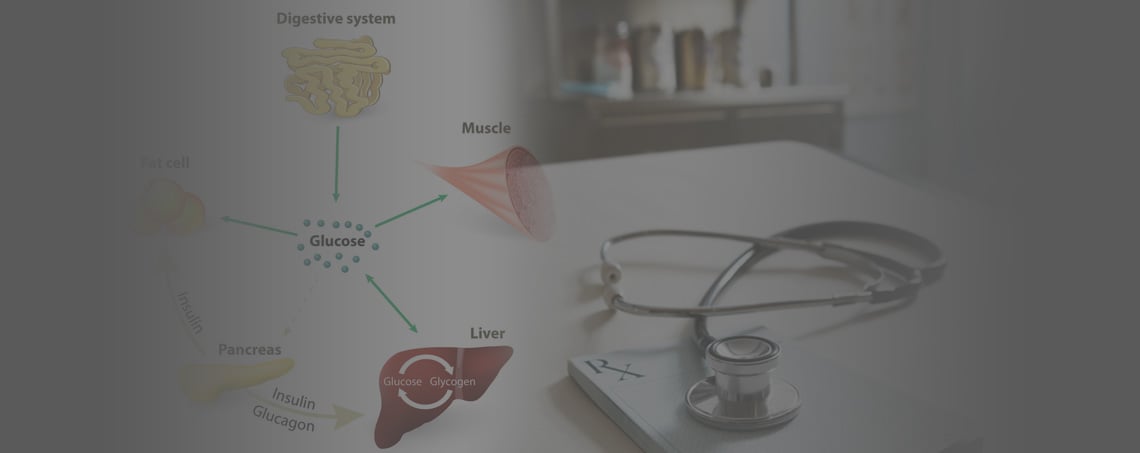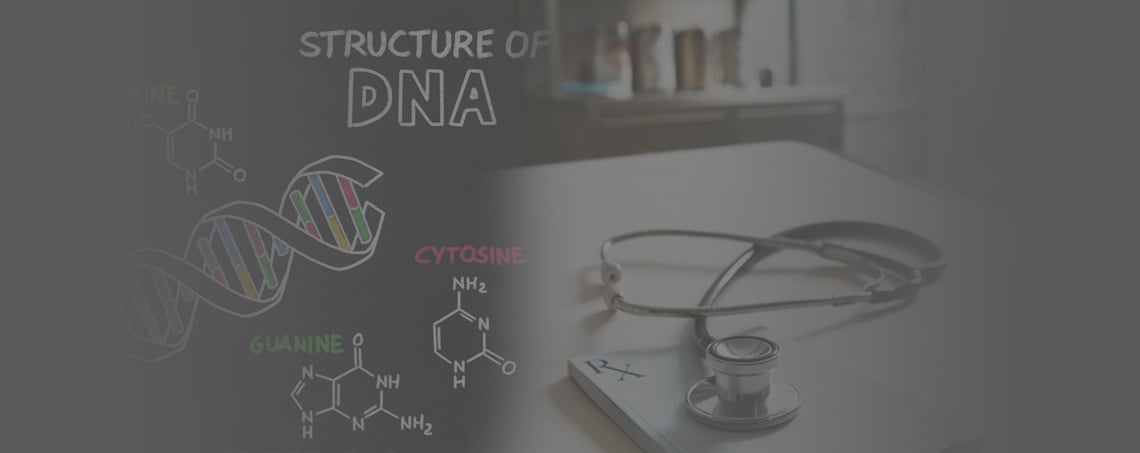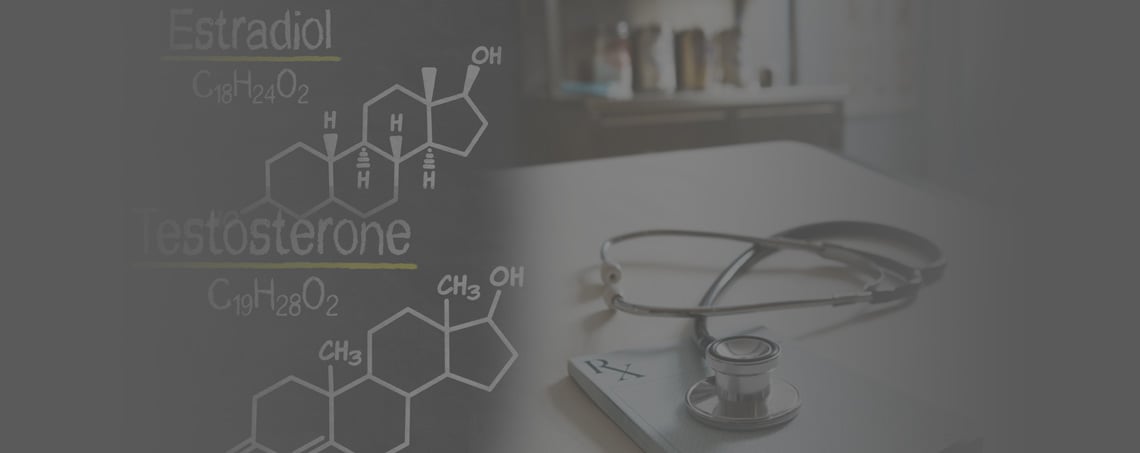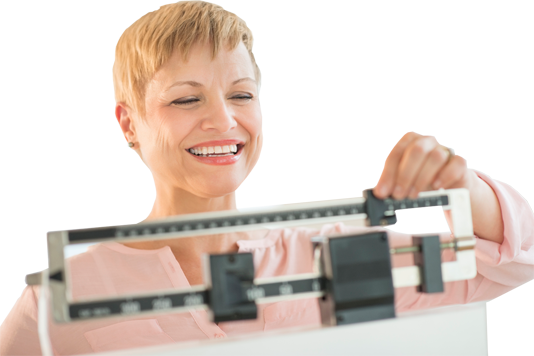Women on Hormone Replacement Therapy: Know Your Estrogen Quotient!
Hormone replacement therapy in women and men have many favorable and health protective effects. Yet, even though there are health benefits to hormones, they must be added to the body in balance to one another. This is more true for women than men and many are not aware of are the effects of different types of estrogen and estrogen metabolites on the body. Knowing your estrogen quotient along with the levels of different estrogen metabolites will help identify risk factors and prevent future problems for those on hormone replacement therapy (HRT) and those not on HRT.
Knowing your Estrogen Quotient
There are three main types of estrogen, estrone E1, estradiol E2, and estriol E3, and each having associated risks and benefits. Some of these estrogens and their metabolites have higher correlations  with cancer, for instance. This is true for any women whether she is taking hormone replacement therapy or not. Through testing we can identify the levels of each type of estrogen and alter their levels accordingly.
with cancer, for instance. This is true for any women whether she is taking hormone replacement therapy or not. Through testing we can identify the levels of each type of estrogen and alter their levels accordingly.
Most of the risks with estrogens are related to the strength of each estrogen and the location the estrogens bind. The estrogen quotient (EQ) looks directly at this, comparing the ratio of the strong estrogens to the protective. The mathematical equation is EQ= E3/E2+E1. E2 and E1 are the most potent of these estrogens and therefore have a greater risk of estrogen dominant cancers, where E3 can have a protective anti-cancer effect. The reason for this is because of E3's preferential binding at the estrogen receptor beta. This receptor is the anticancer, anti-proliferation receptor. E2 and E1 bind here very little or not at all. So, the higher the estrogen quotient the better and you want to have an EQ above 1.0, with 1.5 being optimal.
Women with a positive estrogen quotient have reduced risks of breast cancer. If your estrogen quotient is not high enough, your bioidentical hormone doctors can help you improve it with certain nutrients to ensure your body preferentially makes more E3. To know where your estrogen quotient is, you need to be able to measure a three forms of estrogen and there is currently only one method for doing this accurately (see measuring estrogen metabolites below).
Looking at Estrogen Metabolites
The other thing to think about with regard to lowering risks, is to see how your estrogens are being metabolized. All hormones are broken down into different molecules before they are eliminated from the body. Estrogens are broken down into either 2-hydroxyestrogens or 16-hydroxyestrogens. The 2-hydroxyestrogens are good and protective against cancer while the 16-hydroxyestrogens are procarcinogenic estrogens. Ideally you want to have a 2/16 ratio of greater than 1 with 2 being ideal. If your ratio is below 1.0, eating vegetables in the Brassica family with raise your level. These vegetables include, broccoli, cabbage, cauliflower, and brussel sprouts. If you already eat these, it is still a good idea to get tested because you may still be under a 2/16 ratio of 1. As naturopathic doctors, our job is to evaluate what your current nutrition plan is and help you make adjustments to get the ratio in a healthy range. Lets look more at the options for testing your estrogen levels.
Measuring Estrogen Metabolites and Guiding Your Hormone Replacement Therapy
Accurate testing is needed for accurate dosing. There are 3 main ways to test hormones, saliva, urine, and blood. Blood testing is convenient because insurance covers it, but only gives a static level at the time of the test. It does not take into account fluctuations in hormone levels. Salivary testing is good because you can get several salivary levels easily and quickly, allowing us to see the fluctuations. The problems with the salivary test is that the results are often inaccurate or unreliable. The last option for testing is through urine. This is by far superior because it looks at 24 hr levels accounting for highs and lows and is highly accurate. The one issue with this one is that insurance does not cover it and can be several hundred dollars. Still it is well worth it given the detailed amount of information you get from this test. From the perspective of getting the estrogen quotient and 2/16 ratio, urine is the only way to accurately test for these.
A 24 hour urine can look at all your hormone metabolites (progesterone, DHEA, Testosterone, Estrogens, Cortisol) which will give you and your doctor a clear picture of how your body breaks down and metabolizes your hormones. This is valuable information for treating hormone imbalance symptoms but also for the preventative factors mentioned above. While this is a great test for any women to have, it is particularly good for those women how have a family history of cancers and still want to use hormone replacement therapy.
Types of Hormone Replacement Therapy
With regard to hormone replacement therapy, the first thing to get straight is that not all hormone replacement therapies are created equally. There are two main types of hormone replacement therapy for women, conventional hormone replacement therapy and bioidentical hormone replacement therapy. There are dramatic differences in safety and effectiveness, between the two. Biochemically, the difference between the two is that bioidentical hormones are identical to what the body makes, whereas conventional hormone replacement are derived from horse hormones or synthetically chemicals. We know from very large studies that these conventional forms of hormone replacement therapy cause increased risk of cardiovascular events and cancer of the reproductive organs. The reason behind this is thought to be linked with the structural differences in the molecules and how they bind to the hormone receptors in the woman's body. Similar studies have looked at bioidential hormones and have not found the same risks of cancer or cardiovascular disease. The other advantage of bioidentical hormones is that they are dosed specific to the woman's needs, down to the milligram. Conventional HRT is, more less, a one size fits all model.
In most cases the signs and symptoms a woman presents with will lead the doctor to diagnose hormone imbalance symptoms. The labs are there to help guide the treatment with the right doses and proportions of each hormone. So any testing method could be used. The bioidentical hormone doctors at Southwest Integrative Medicine recommend a combination of blood and urine. Using the urine periodically to check the estrogen quotient and measure risk and blood to fine tune hormone levels.
If you have questions about your hormone levels and testing, come in and see one of our bioidentical hormone doctors. To schedule a free consultation, click on the link below.

















